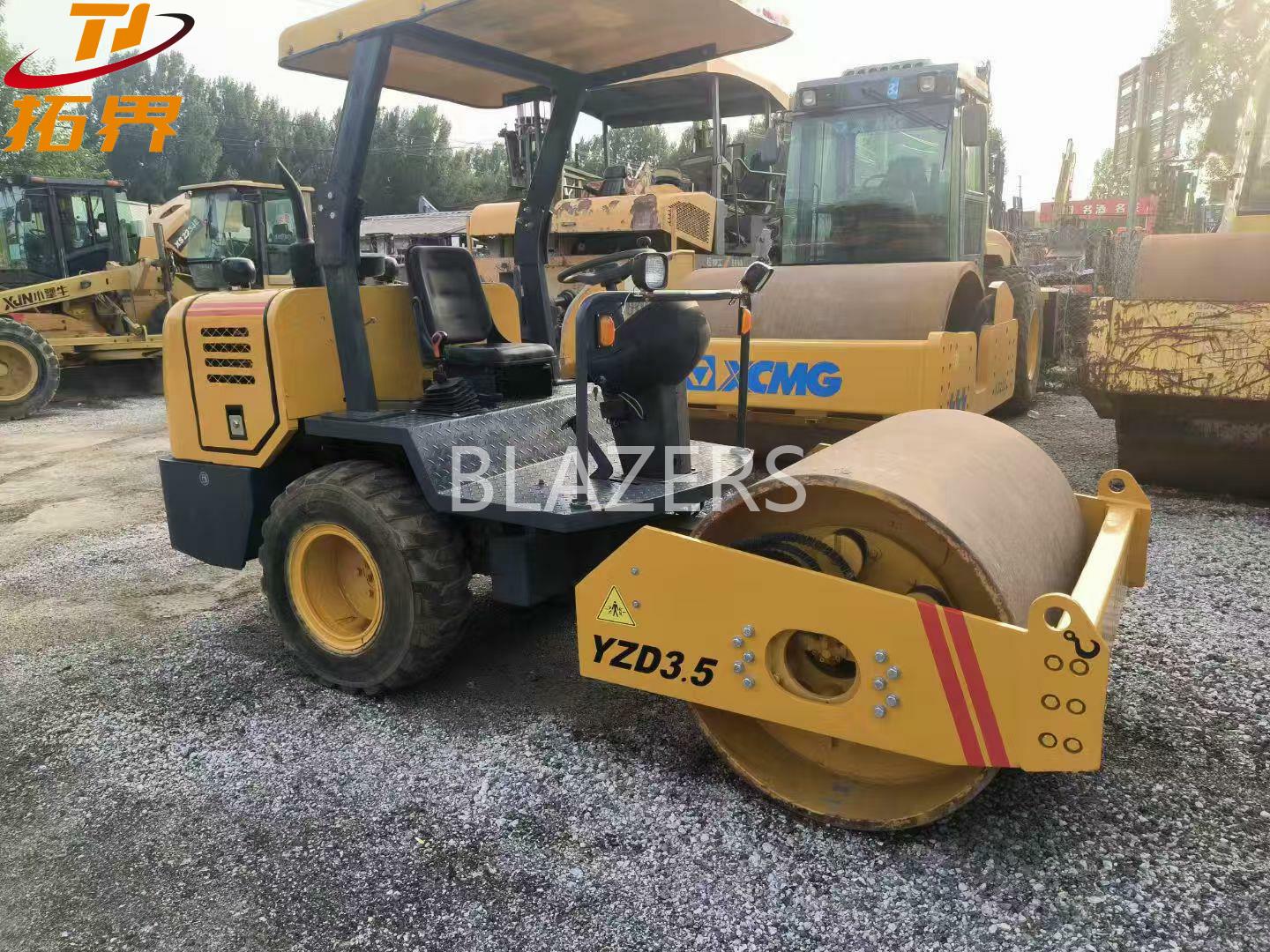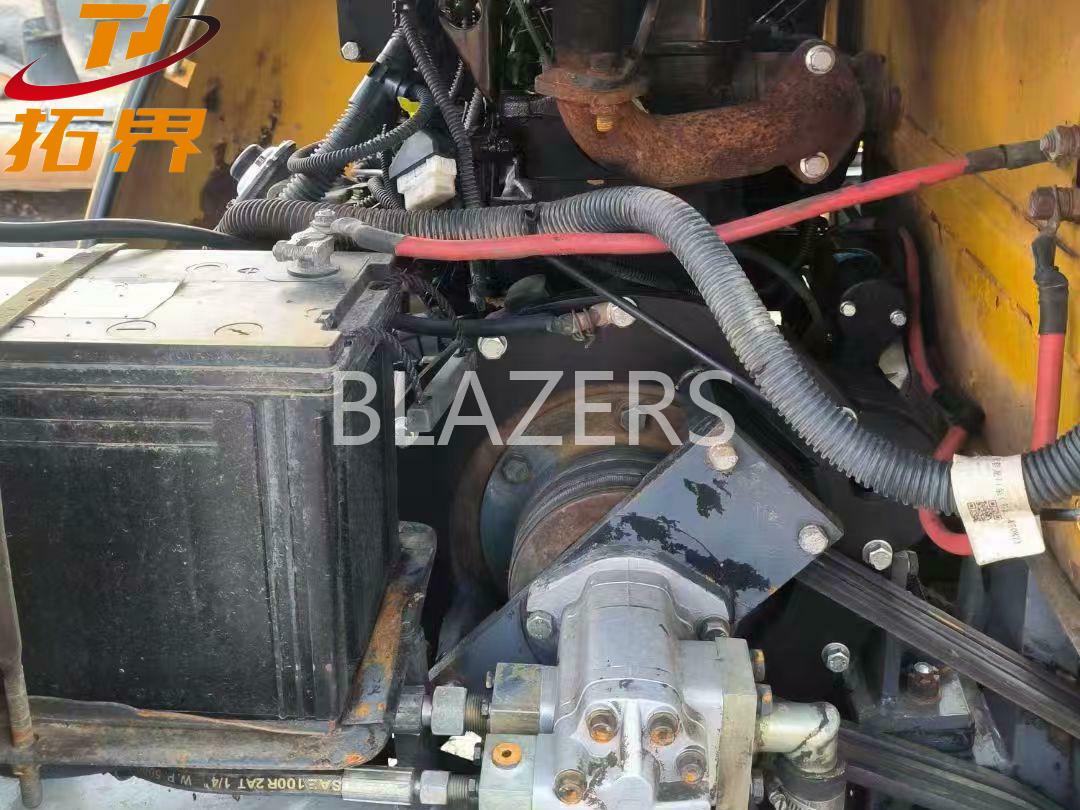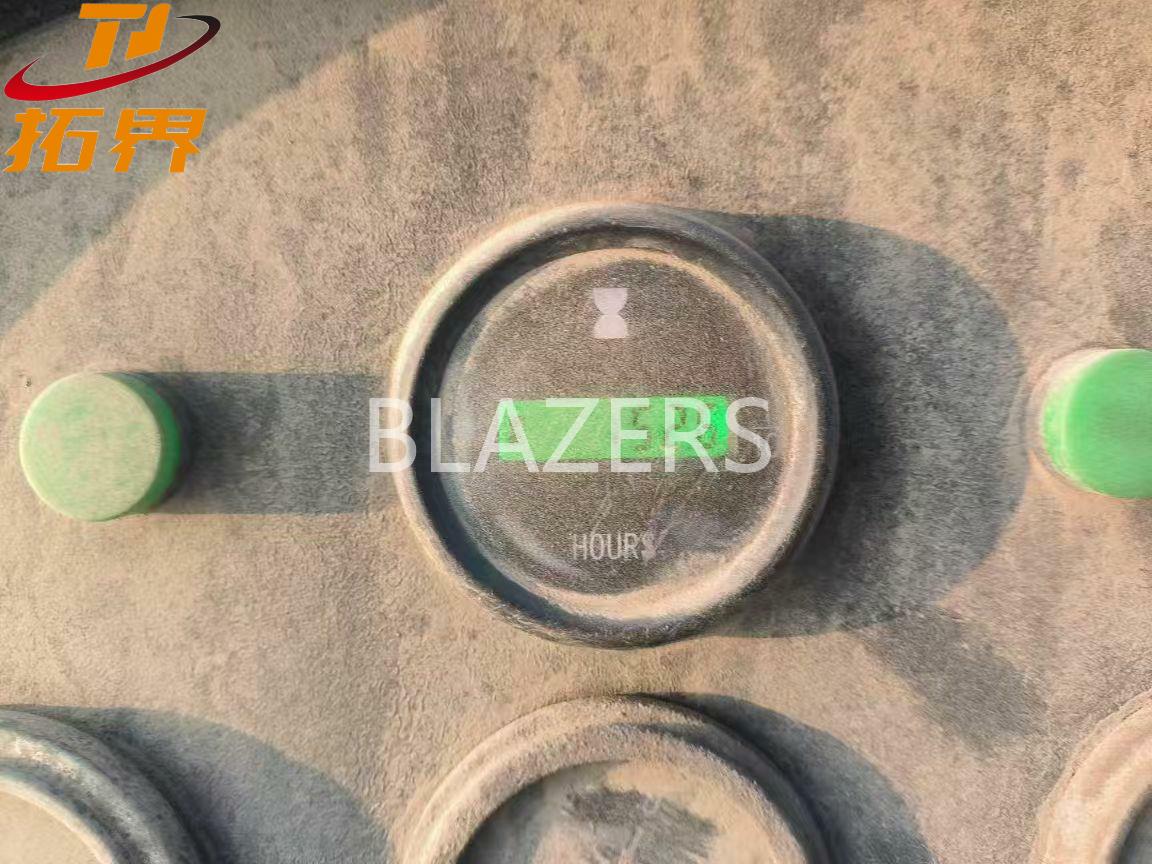The Lu Jie YZD3.5 road roller features an efficient vibration compaction system, providing strong compaction force, and is suitable for rapid compaction operations of soil and asphalt pavements.
About LuJie YZD3.5 single-wheel road roller
Narrate
In 2021, the second-hand YZD3.5 small road roller was used for only 152 hours and is in nearly brand-new condition. This equipment features stable and reliable performance, is specifically designed for small-scale operations such as road compaction and landscaping projects, is easy to operate and maintain, and has low maintenance costs. As a high-quality second-hand machine, it combines economic efficiency and practicality, making it an ideal choice for overseas contractors to enhance productivity. We sincerely invite global buyers to negotiate export matters and share efficient construction solutions.

In the fiercely competitive second-hand construction machinery market, we fully understand:Price is merely the starting point; quality is the ultimate destination. As a specialized team focused on exporting second-hand road rollers, we always put quality front and center. Every machine starts with the original unit and is meticulously refurbished to your specific requirements.

The 3.5-ton LuJie YZD3.5 Specificaion
1. Engine: Weichai 13kW diesel engine
2. Hydraulic Drive: Closed-loop hydraulic system with variable pump + motor, enabling stepless speed regulation.
3. Drum Dimensions: Φ1020mm × 1350mm (Diameter × Width)
4. Vibration Frequency: 50Hz (high-frequency, low-amplitude design enhances compaction density).
5. Centrifugal Force: 35kN (per drum).
6. Amplitude: Selectable 0.3mm / 0.5mm (adapts to different materials).
7. Water Spray System: Automatic sprinkler device; 60L water tank capacity for anti-sticking during asphalt compaction.
8. Travel Speed: 0-5 km/h (identical forward/reverse speed).
9. Gradeability: 30% (≈16.7° slope).
10. Turning Radius: Minimum turning radius ≤4m.
11. Dimensions (L×W×H): Approx. 3050mm × 1350mm × 2800mm

Daily Maintenance Checklist for Road Roller
1. Check Fluid Levels & Fuel
Inspect engine oil, hydraulic oil, transmission oil, and coolant levels (using dipstick or sight glass); fuel tank level. In hot weather (like current summer), coolant inspection is particularly critical to prevent engine overheating and shutdown.
2. Inspect Filters & Air Intake System
Check the cleanliness of air filter, fuel filter, and hydraulic oil filter; inspect air intake system for blockages. Lightly tap the air filter to remove dust (replace if severely dirty); ensure the filter element is undamaged. This step prevents contaminants from entering the engine, reducing 80% of early wear risk. At dusty construction sites (e.g., roadwork), daily air filter cleaning significantly enhances equipment efficiency.
3. Inspect Ground Contact Components & Brakes
Check tire/steel wheel pressure and wear (using tire pressure gauge); brake fluid level and braking performance (test by pedal depression); tightness of steel wheel or tire bolts. Daily inspections identify potential issues (e.g., loose bolts), preventing downtime repair costs.
4. Clean Machine & Check Fasteners
Remove mud, asphalt residue, and water stains from the roller’s surface; inspect critical fasteners (e.g., engine mounts, roller connection bolts). Clean with a soft brush or low-pressure water jet to avoid damaging electrical components. Post-cleaning, a tidy appearance improves heat dissipation. During rainy seasons, cleaning prevents corrosion, extending equipment life by 5+ years.
5. Operational Test
Start the equipment; check dashboard indicators (e.g., oil pressure, battery voltage); listen for abnormal noises/vibrations; test steering and compaction functions. Limit runtime to 2–3 minutes; stop immediately for troubleshooting if warning lights activate. Daily tests enable early fault detection (e.g., hydraulic system noise), reducing 30% of unexpected repair costs.